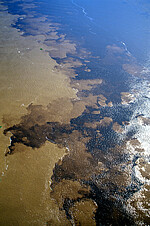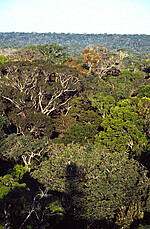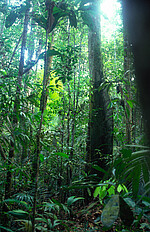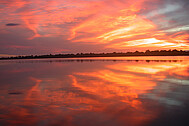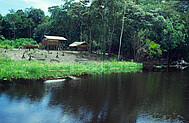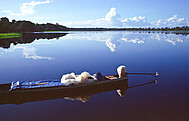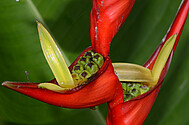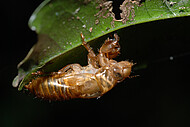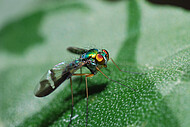The Amazon Region
The Amazon forest deserves several superlatives. The catchment area of the river Amazon with its main affluents reaches far beyond the Brazilian borders into the territories of Guiana, Suriname, Venezuela, Colombia, Ecuador, Peru and Bolivia – encompassing nearly 7 million square kilometers. About 60% of this area belong to Brazil and is called Amazônia Legal, including the states of Amazonas, Acre, Rondônia, Mato Grosso, Pará, Amapá, Roraima, Tocantins and part of Maranhão. Beside mostly humid forests, there are also dryer Cerrado and natural open areas.
From the hydrographic view the rivers of the Amazon basin discharge about 1/5 of the world's freshwater. There are several different river types, depending on the geology of their catchment area: white water rivers with a high load of sediments from the young Andes (e.g. Rio Solimões), black water rivers (e.g. Rio Negro) colored by humid acids extracted from forest soils and clear water rivers (e.g. Rio Tapajos) originating from old geological formations.
On a lower scale the diversity of environmental conditions created a mosaic of different habitats offering space and resources for the famous and real Amazonian megabiodiversity, principally of insects and other invertebrates.
About 7800 butterfly species are known form the Neotropical realm and about 1/5 occurs in Amazonia. Although this is already an impressive number it is far from giving a complete picture, because there are still many species undescribed or not even discovered. Amazonia is in fact one of the priority areas for further butterfly inventories, especially under the perspective of ongoing human pressure on tropical forests and the climatic changes affecting the Amazon forests.




